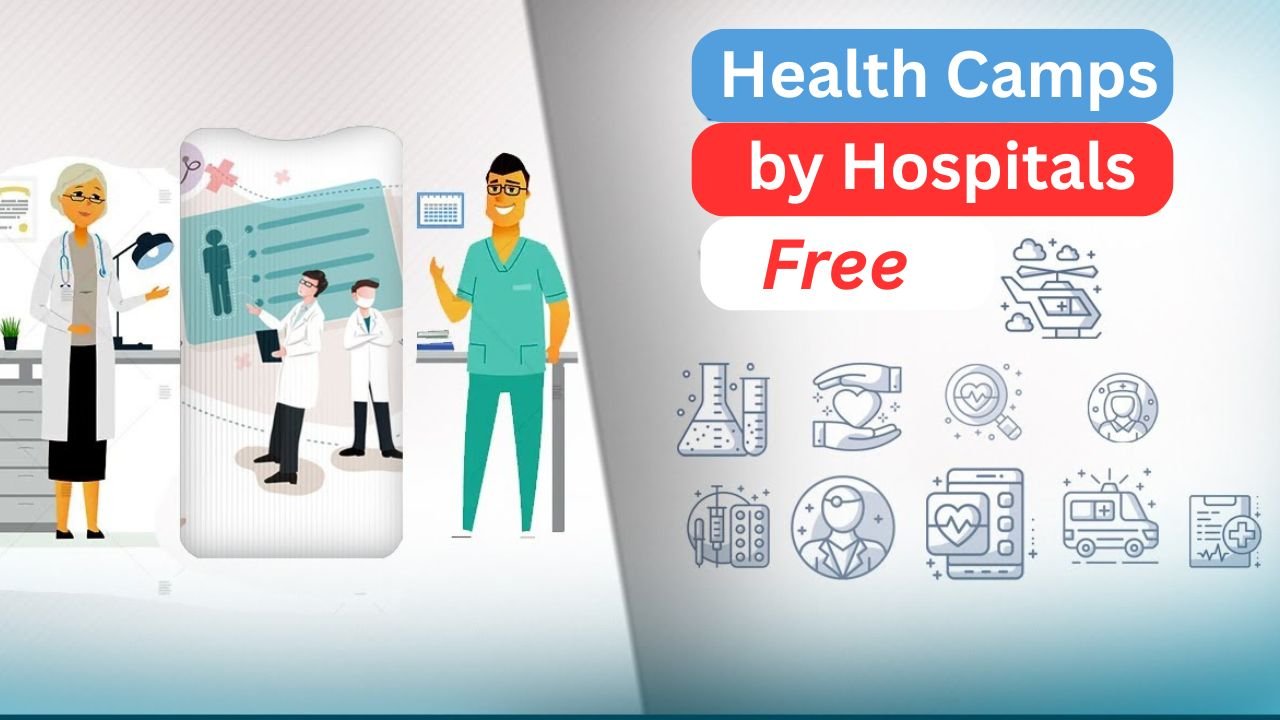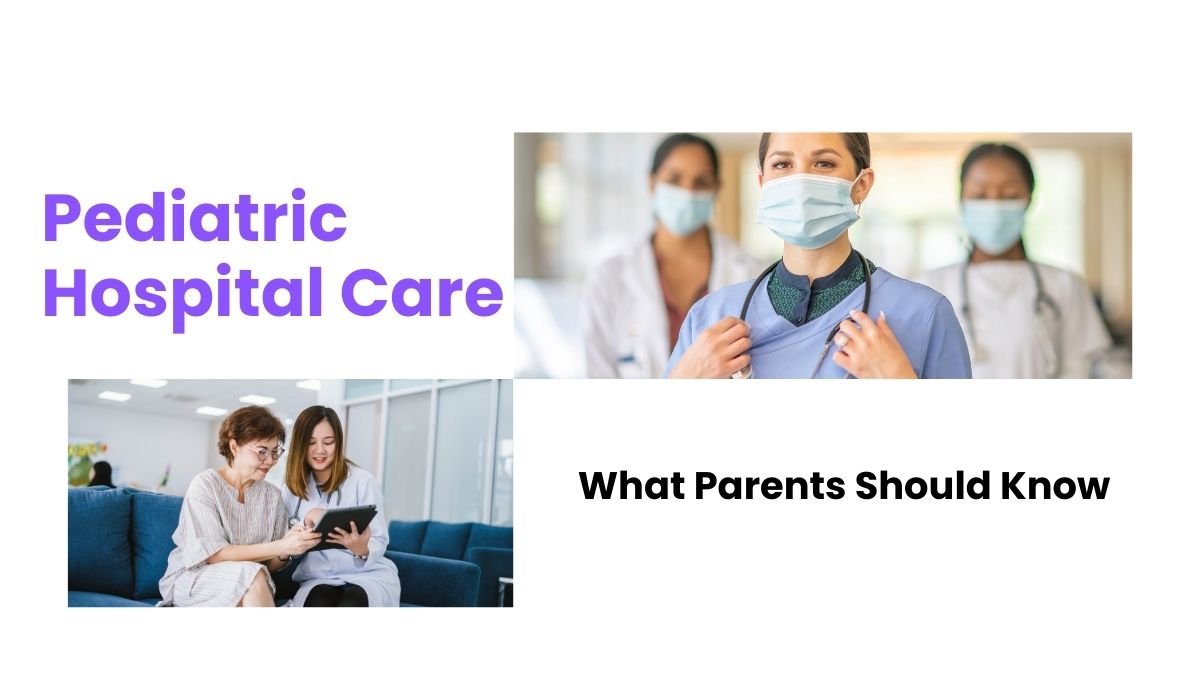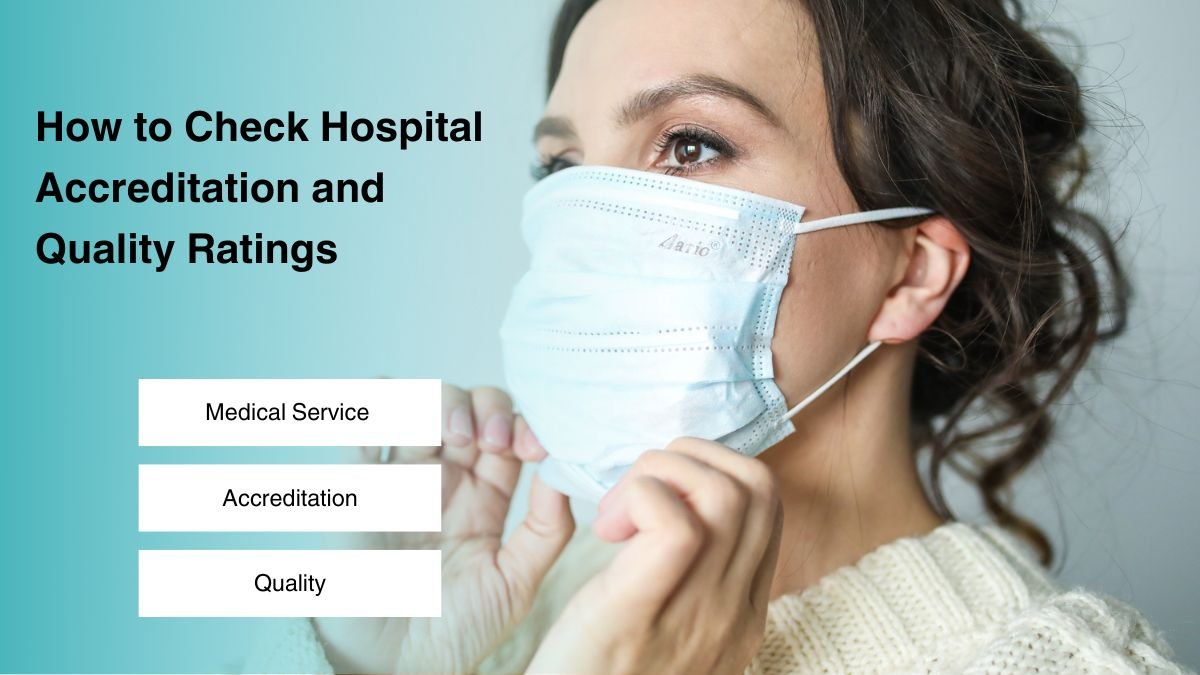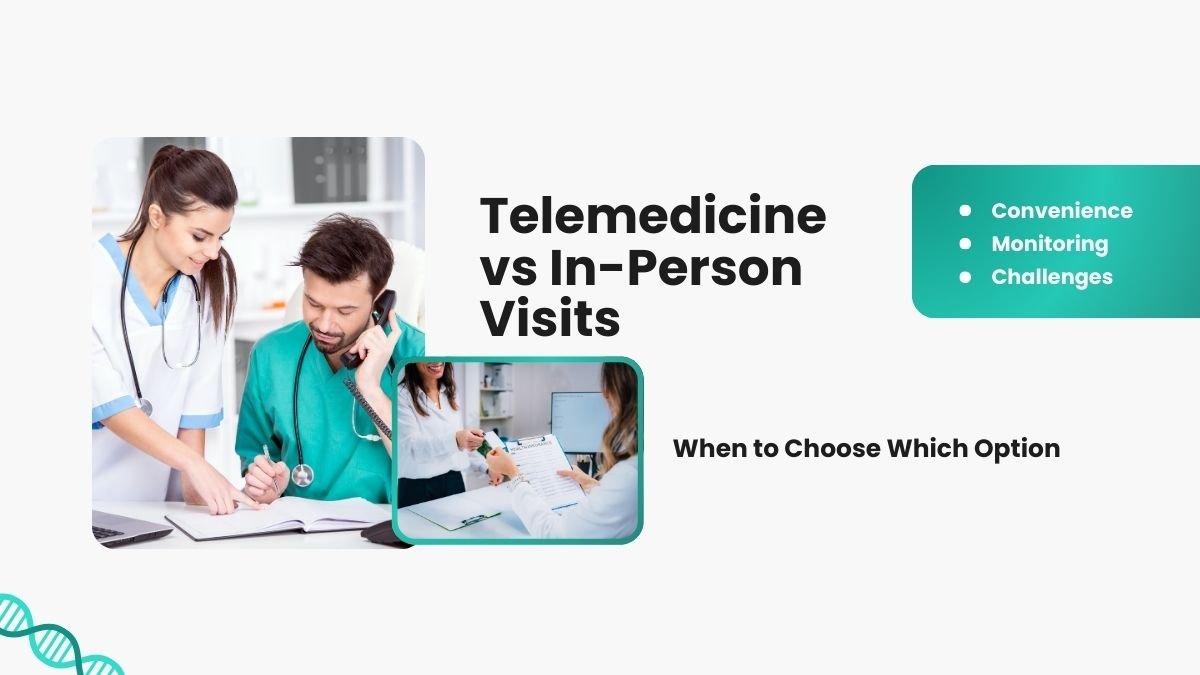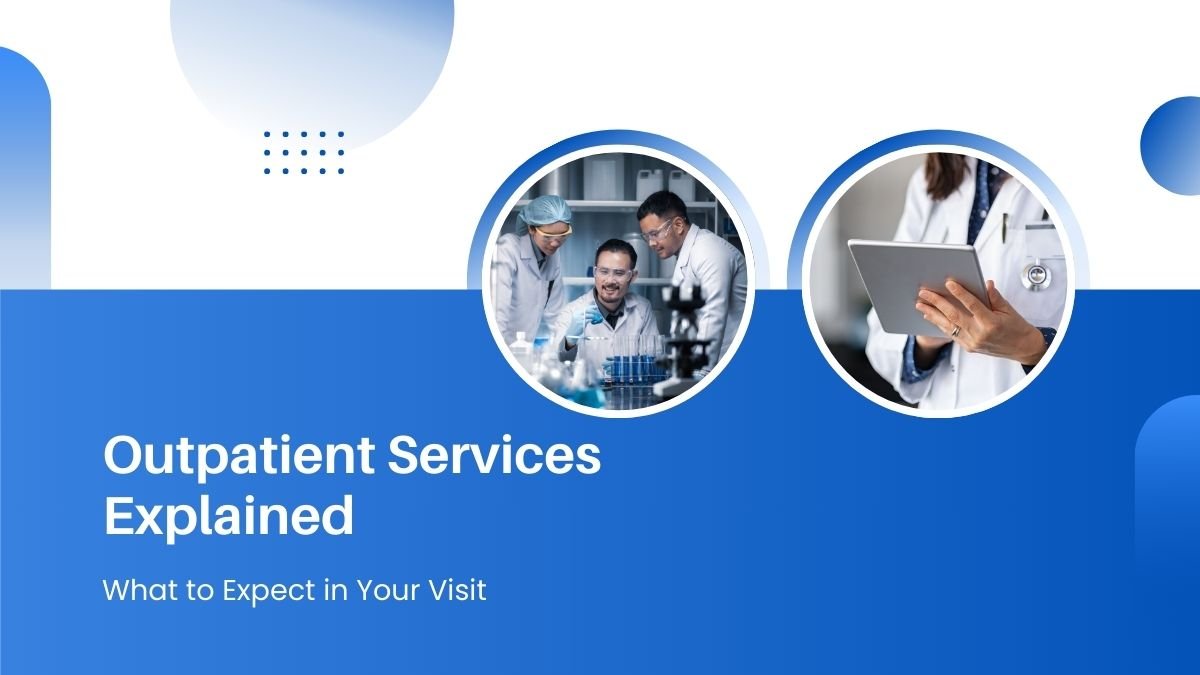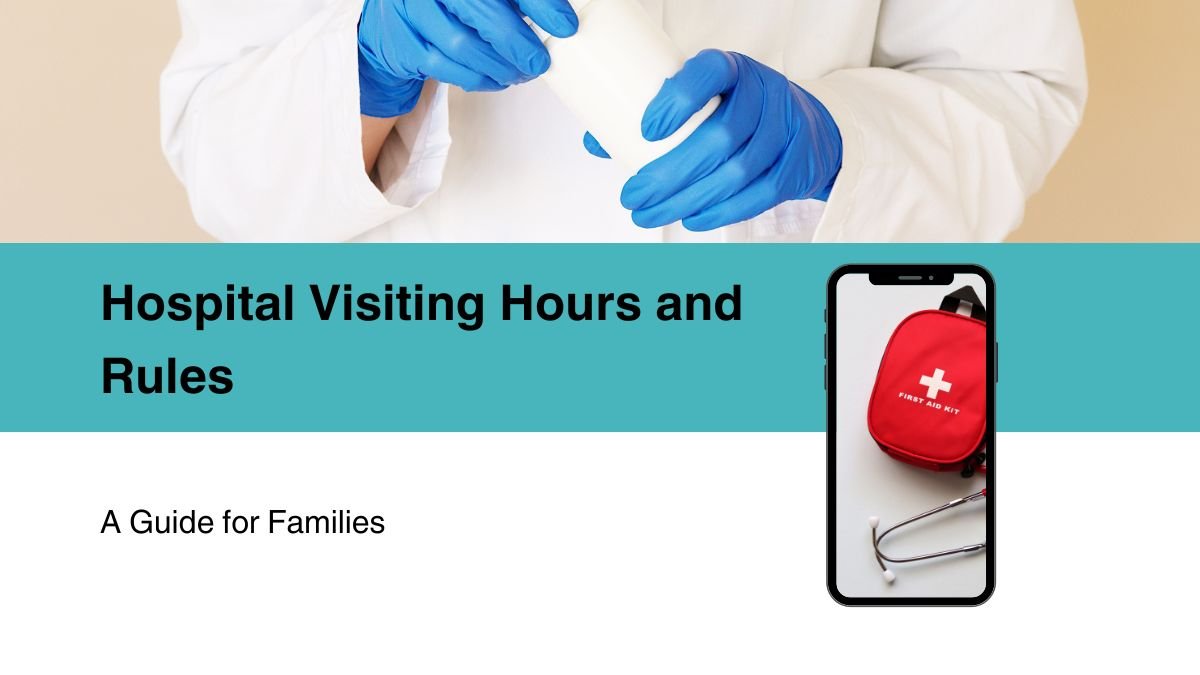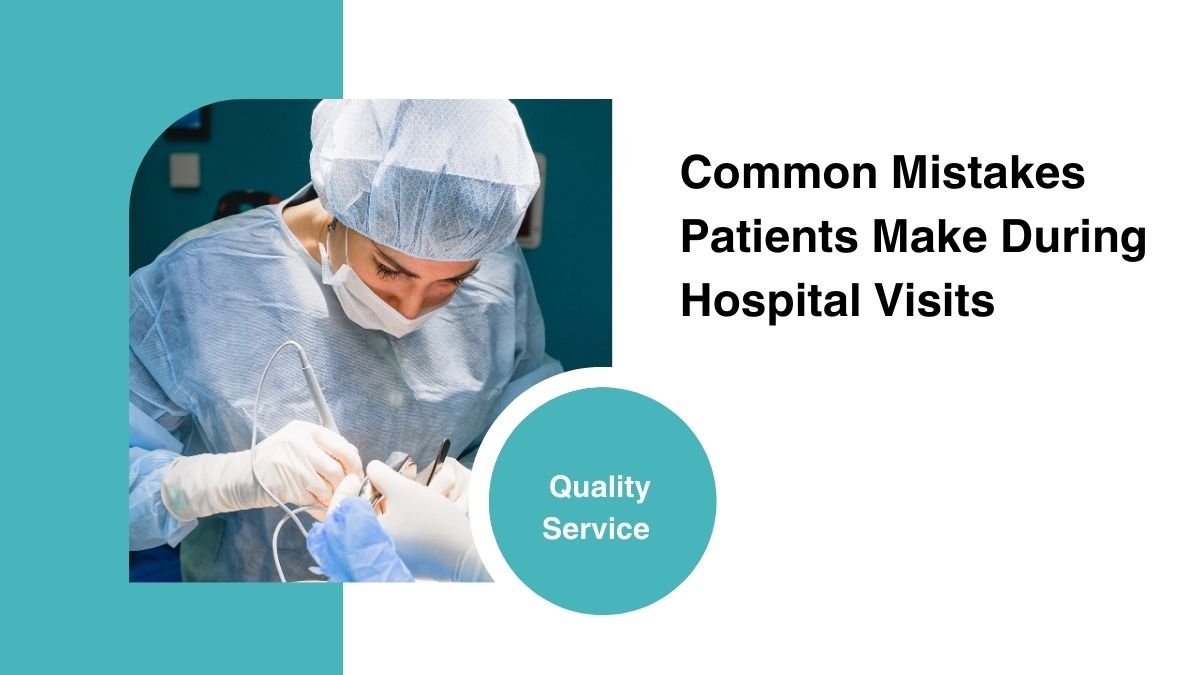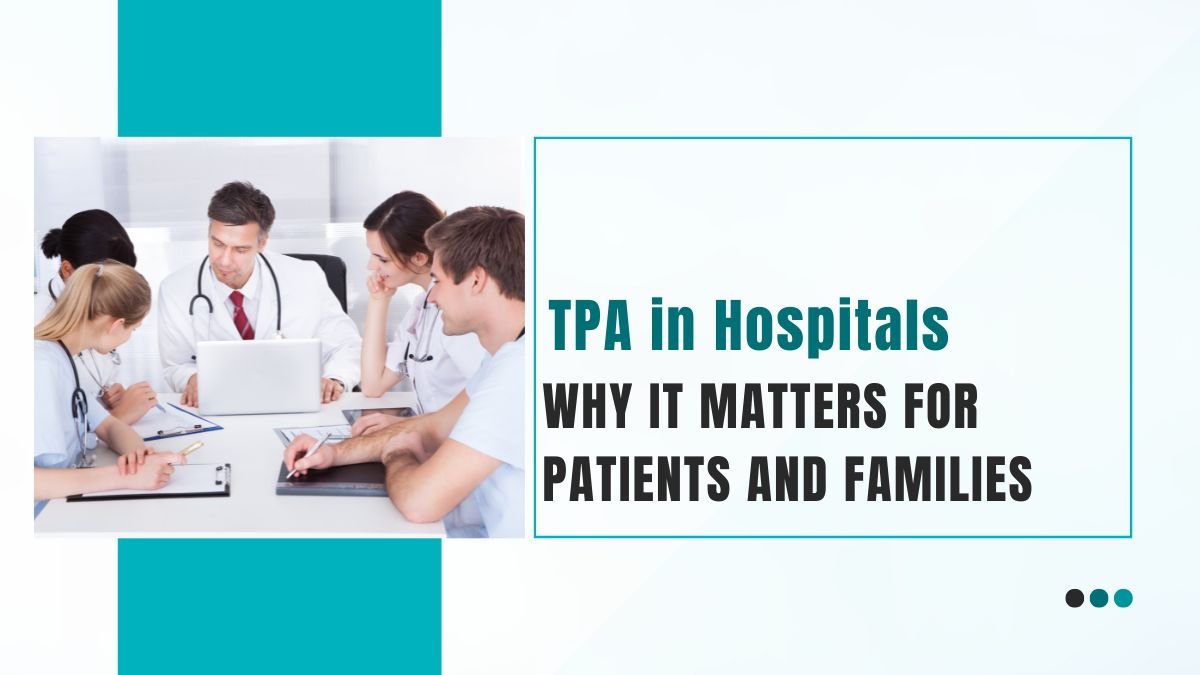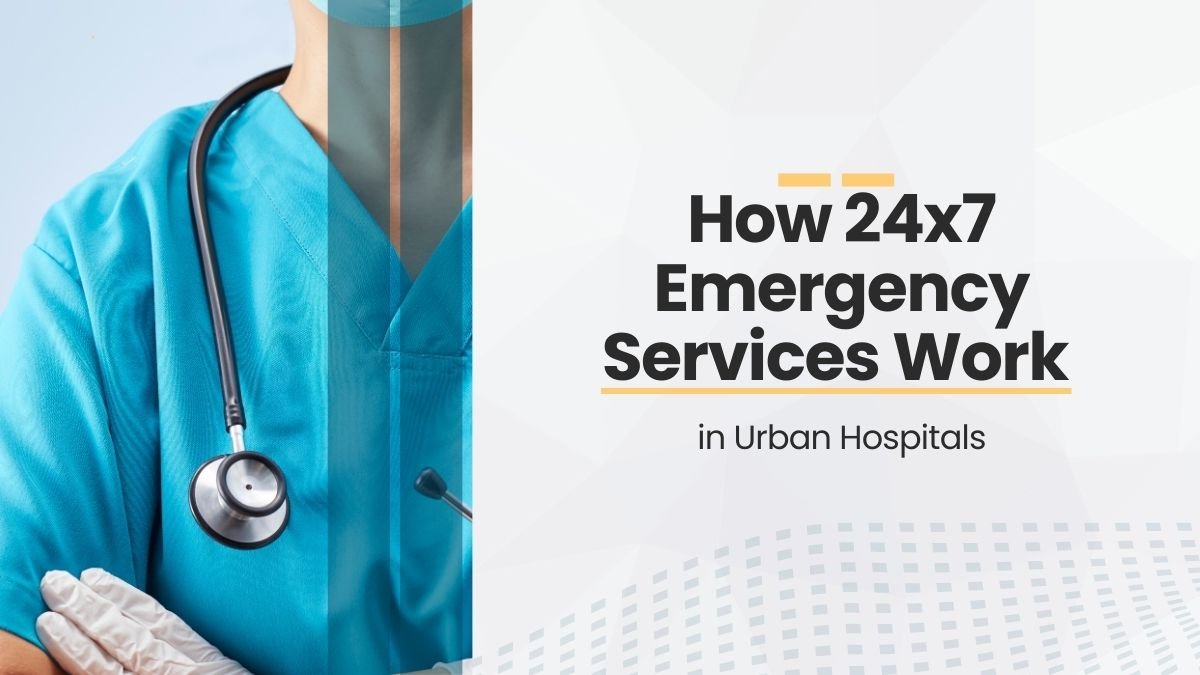Nowadays, when the cost of illness and health is increasing, free health camps have emerged as a boon for the people. These camps are organized especially in those areas where there are less hospitals, the distance is more, or the common people do not have the means to go to the doctor. Many hospitals, NGOs and social workers in India are continuously taking this initiative forward.
1. Needs Assessment – Where and when to organize?
- Data Collection: Information is taken from local hospitals, panchayat or health department – like there are diabetic patients, pregnant women sitting at home, or elderly people are in dire need of treatment.
- Community meetings: Village panchayats, school heads, or ASHA workers are met to find out what kind of health services people need.
- Time and season: The right time for the camp is chosen according to seasonal diseases (such as dengue, malaria) so that it can be of maximum benefit.
This way the hospital decides which area is on priority and what kind of services to provide there.
2. Organization and arrangements – success comes only from planning
- Choosing the place: A place is chosen in a community hall, school hall, panchayat bhawan, or ashram. A place is chosen that is easily accessible to all, where there is electricity, water facility and parking.
- Doctors and staff:
- General doctors, specialists from big hospitals—such as gynaecologists, cardiologists, pulmonologists—come.
- Nurses, pharmacists, and medical students also help.
- Local health workers and Anganwadi workers assist in counselling patients, registering them or managing the pharmacy.
- Arrangements of essential items:
- Samples (blood, urine), kits for pathology tests and lab infrastructure are provided to the patients.
- Blood pressure machines, glucometers, weighing scales, thermometers, bandages etc. are brought.
- Medicines are distributed by the hospital pharmacy for prompt administration.
- Registration and hospital direction:
- Health tags are generated at the time of registration so that patients can be called to different stations on time.
- Snacks, water and rest are provided in the waiting area.
- Camp timings and structure: The camp starts at 9 am and continues till 4-5 pm. Some camps run for two or three days to cater to more people.
3. Publicity – It is very important to convey information
- Pamphlets and posters are pasted in every village, outside hospitals, schools, panchayat buildings.
- Information is given on local media radio, vehicles running.
- Digital medium: Technologies like WhatsApp, Facebook group, information text, IVR call are also used.
- Ground team: panchayat, Asha workers or volunteers are sent so that they can go door to door and tell people.
4. Delivery of services – Main objective of the camp
- Health checkup: Tests like blood pressure, blood sugar, BMI, pulse oximeter are done.
- Medical consultation:
- Information is given about common diseases like cold, cough, stomach ache, skin disease, joint pain etc.
- Specialist facilities are available—specialist consultations are provided for pregnant women, patients with heart problems, children and the elderly.
- Health education: Health education sessions cover why vaccinations are necessary, how diabetes is controlled, hygiene, handwashing, healthy eating, etc.
- Free medicine distribution: Essential medicines are provided free of cost as per medical advice—painkillers, antibiotics, headache medicines, vitamins.
- Lab testing: Blood pressure, sugar level and urine tests can be done instantly at the camp, making time-consuming tests easier.
- Referrals: If the patient needs a specific test, operation or specialist advice, he or she is referred to a nearby hospital or special clinic and transport can also be provided.
5. Follow-up and referral – the path to proper treatment
- The details of registered patients are in the hospital records.
- They are called for examination or test through SMS, call or ASHA worker on a particular day.
- The referred patients are planned and sent to the hospital or the nearest health center, and the status of treatment is also monitored.
6. Why are free health camps important?
- Increasing access to health: For the poor, daily wage earners, elderly, or villagers who do not live near the hospital—this camp is like icing on the cake.
- Catching anti-oxidant diseases in time: Diseases like diabetes, high BP are detected early and treatment can be started on time.
- Spreading health awareness: People understood that diseases can be prevented through vaccination, cleanliness, balanced diet, exercise and healthy habits These are very important.
- Community support and trust: When hospitals come, the community gets to know them and their trust is built, which improves health services.
- Pressure on hospitals is reduced: By getting primary treatment first, patients keep the big hospital free. This enables hospitals to treat patients better.
- Better planning by collecting data: Attention is given to the areas where more diseases are coming out, and better improvements are made the next time.
7. What do hospitals get from data?
- Disease trend: Information about diseases like dengue, diarrhea, high BP is obtained.
- Age and gender based status: Attention is given to which group is getting more diseases.
- Statistics of the area: Which service is most important in a particular area, work can be done on that.
8. Know the impact through examples
- Rural Health Campaign: With tablet distribution and testing in the villages of Madhya Pradesh, 20% of the people in the camp were able to detect high BP in time and contact the doctor.
- Women Health Camp: In Orissa, infection and prenatal checkups were made free in the health camp for pregnant women, and this reduced delivery complications by 60%.
- School Camp: An eye check-up camp was organized in a government school in Delhi. Eyes of thousands of children were checked and those in need were given glasses.
9. Challenges and improvements
Challenges:
- Government permission, location selection, transport, timely distribution of medicines, security of records—all these are big arrangements.
- Lack of mobile network and electricity causes delay in registration or virtual recording.
Need for improvement:
- There should be partnership with local panchayat or institutions.
- There should be post camp tracking as per date.
- Kit testing should be done door-to-door through mobile vans or vans.
- Keep treatment records in a digital diary or app so that the patient or hospital can view the information anytime.
10. How can you contribute?
- Help in organizing camps with hospitals or NGOs—you can provide doctors, students, staff or medicines.
- You can provide services on foot in remote areas with a mobile van.
- You can spread awareness and health education in online format.
- You can help in data collection and tracking after the camp.
Conclusion
Free health camps are not just treatment, they are hope, faith, and a health shield for the society. They can reach every home in a timely manner and save someone’s life or prevent the incidence of disease in time.
When hospitals and society move forward together in these efforts, the dream of a healthy India comes true. Let us all cooperate in this together—health and respect are everyone’s right.
